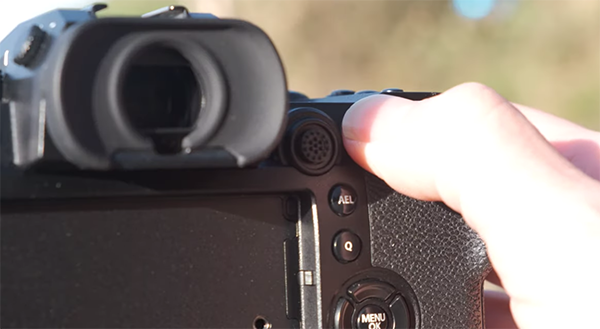Skip the Pain of Unsharp Photos: A Foolproof Pro Technique (VIDEO)
There’s nothing worse than coming upon an awe-inspiring landscape scene, setting up your gear, and capturing what you think is an epic photograph—only to discover that the image is soft when you review it on the computer. The are a number of reasons for unsharp images, and the tutorial below provides a “guaranteed” method for nailing focus every time.
Instructor Ian Worth is a professional landscape photographer based in Wales, and in this behind-the-scenes episode you’ll follow him on the Welsh coast while discussing his foolproof method for achieving natural looking images with optimum sharpness regardless of conditions.
So what’s the secret to Worth’s consistently sharp photos? It’s a straightforward technique known as “back-button focus” that many pros use when shooting landscapes, wildlife subjects, sporting events, and the types of outdoor images. Worth explains everything you need to know for doing this yourself in barely 12 minutes.

According to Worth, “back-button focus is a powerful technique for all types of photography and it allows us to have greater control over a camera’s autofocus system.” The first thing you have to do is disable the conventional autofocus function on your camera’s shutter button. Then you assign AF control to one of the customizable buttons on the rear of the camera. Some models even have an AF-On button designed specifically for this task.
By decoupling the focus function from the shutter button you can now compose your shot in the normal way and use your thumb to lock focus on a specific point within the frame by using the button on the rear of your camera. Worth demonstrates why this is a preferable approach, “particularly when you want to capture multiple shots without having to refocus—especially when you need to recompose the scene without altering the point of focus.”
You can use back-button focus with both single-point and continuous AF. Worth explains that one of the many advantages of this technique occurs when your camera is securely mounted on a tripod. In such situations Worth rotates the tripod head so that the focus point is in exactly the right place. Then he uses the back button to initiate focus before recomposing the shot.

Before pressing the shutter button to capture the photo Worth uses his camera’s zoom feature to confirm that the scene appears tack sharp on the rear LCD. He offers a few other simple tips for using back-button focus to achieve precision results.
You can find more tips and tricks for better landscape photography by paying a visit to Worth’s popular YouTube channel, take a look when you have time.
We also recommend watching the tutorial we posted recently from a popular image-editing expert, explaining how to use Photoshop’s Super Zoom neural filter to get in tight on a subject when shooting in the field—without sacrificing image quality.




